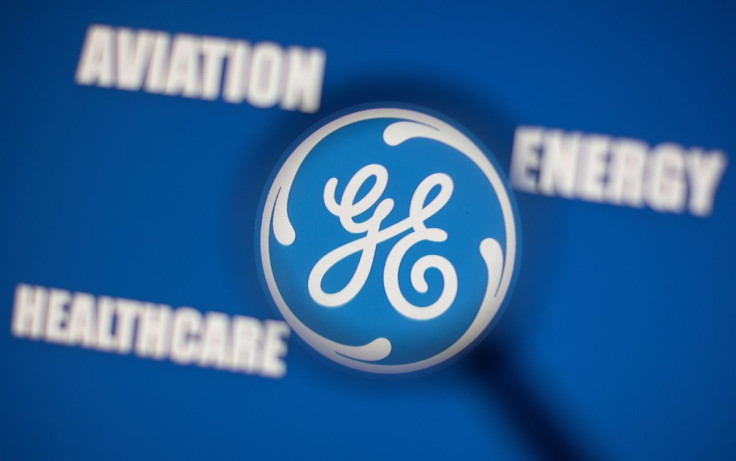GE Says Aerospace Brand Marks 'Wider Strategic Aperture'

General Electric Chief Executive Larry Culp said on Monday a new "GE Aerospace" brand for its aviation business pointed to a "wider strategic aperture" that could eventually lead to the industrial giant entering new businesses.
Asked at the Farnborough Airshow if that meant a greater appetite for acquisitions as the conglomerate prepares to split into three, Culp said any changes would be "first and foremost organic, and then and only then inorganic opportunities".
GE is preparing to split into three public companies by spinning off its healthcare business next year, and combining its power and renewable energy units to be spun off in 2024. GE itself will then become an aviation company, headed by Culp.
The split marks the end of the 130-year-old conglomerate that was once the most valuable U.S. corporation and a global symbol of American business power.
It is also in stark contrast to the path GE pursued in the 1980s and 1990s under Jack Welch, who expanded the company into an industrial behemoth.
On Monday, GE unveiled names for the new corporate trio: GE HealthCare, GE Vernova for its energy portfolio and GE Aerospace for the engine maker, which is currently known as GE Aviation.
"The choice to use Aerospace as our go-forward name is in some respects to make sure everyone understands we are more than what we do in commercial," Culp told reporters. "It is a wider strategic aperture but it would be premature to talk about this or that area being of particular interest," he added, though he did draw attention to defence and systems.
Experts say systems and other aerospace technologies are key to the future of airplanes which will see a more seamless integration between powerplants and airframes than in the past.
CHESSBOARD
GE's main competitor in engines for in-demand narrowbody commercial jet engines and in military jet engines, Pratt & Whitney, is part of the Raytheon Technologies conglomerate that combines a broad slate of aircraft systems.
Culp ruled out mimicking a rival's structure but said GE's drastic recent efforts to cut debt had left it able to invest.
"Recall, we've taken down the better part of $90 billion of debt. We are really going to set up Aerospace and the other two companies to have balance sheets that will allow them to invest both organically and where appropriate inorganically," he said.
As part of the preparation for the spin-offs, Culp last month expanded his role to head the aviation unit. Some analysts said the move was directed at clearing up any ambiguity surrounding the unit's management structure.
John Slattery, who had previously been divisional CEO, was named Chief Commercial Officer with a remit including strategy.
The reorganisation and name change comes as planemakers and their engine suppliers are gearing up for major bets that will define air travel for decades as they ponder the propulsion needed for the next generation of greener medium-haul jets.
"Those are the critical questions that GE Aerospace will need to answer," Culp said. "John and I are going to spend a ton of time going forward .. focused on that chessboard."
Asked about clogged aerospace supply chains, Culp said "I don't think this can be solved overnight ... It may take 18 months for everyone to catch up."
He did not elaborate in detail on recent engine delays at CFM, co-owned by GE and France's Safran.
© Copyright Thomson Reuters 2024. All rights reserved.





















